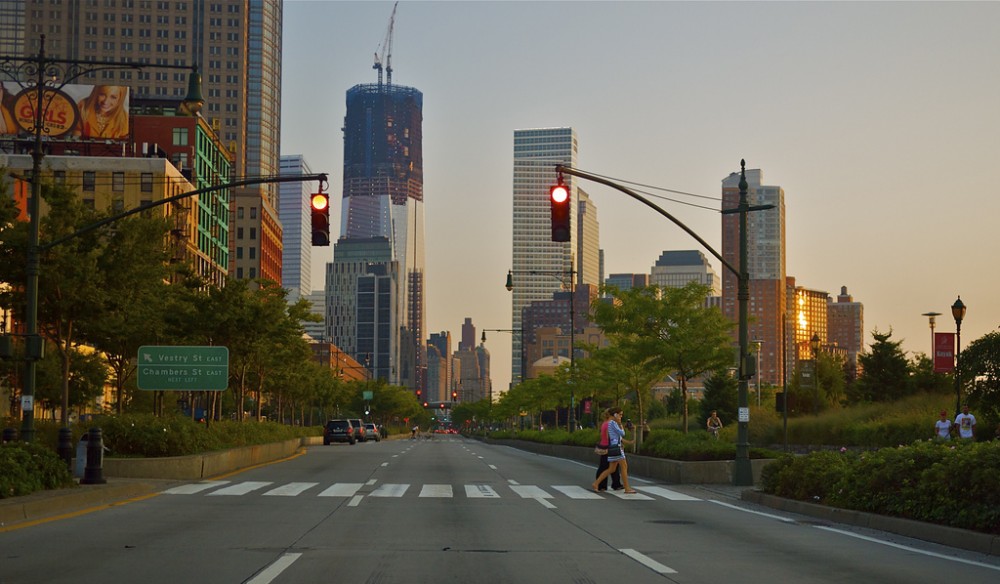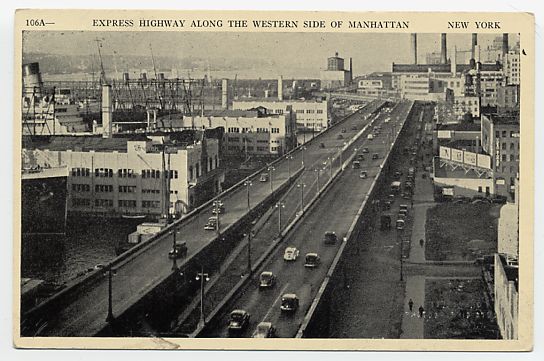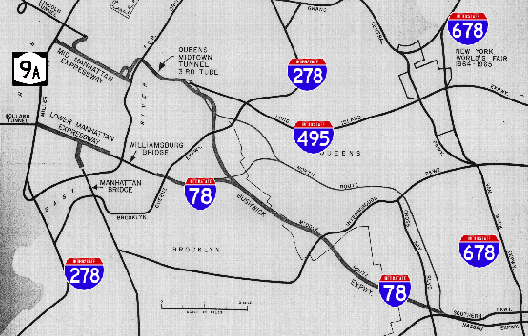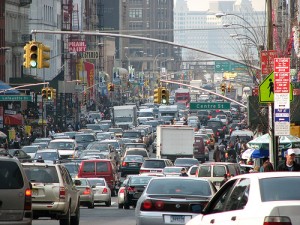Congestion Pricing is a very contentious issue in the United States. Mayor Michael Bloomberg of New York City tried to establish rates for motorists to enter the central business district. This plan would have decreased traffic congestion, improve quality of lives and make NYC a healthier place, but there was not enough public support to push it through the New York State Assembly.
However, there are many cities around the world that have successfully implemented congestion pricing and has created a better city as a result. London for example now has it and the revenues that are collected by motorists go directly into public transportation such as trains, buses and bicycling facilities.
There are obvious benefits to congestion pricing like boosting funding for a very limited transportation budget, but how can we change the preconceived notions of people who have been brainwashed to think that the car is the only way to go. How can we change the preconceived notions of people that think public transit is inconvenient and crowded. Perhaps if congestion pricing is implemented in cities, the latter question would no longer be a problem.
It is a tough sell to the people, but I believe if it was established in cities in the US, it would decrease congestion, make public transit better and increase the quality of life. The cost of driving a private vehicle is incredibly cheap, and I believe people should pay for not just the costs at the pump, but a societal cost because it is so detrimental to our environment.





